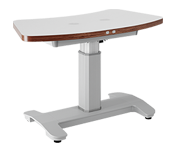 Ophthalmic Tables
Ophthalmic Tables 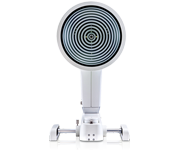 Topography
Topography 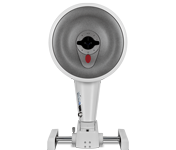 Tomography
Tomography 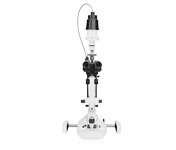 Slit Lamp / Documentation
Slit Lamp / Documentation 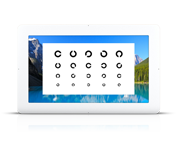 Refraction Equipment
Refraction Equipment 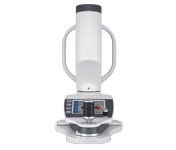 Myopia Management
Myopia Management 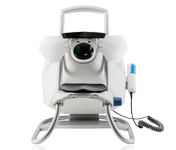 Perimetry
Perimetry 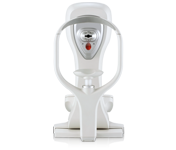 Tonometer
Tonometer  Visual Test Equipment
Visual Test Equipment 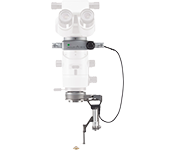 Vitreoretinal Surgery
Vitreoretinal Surgery 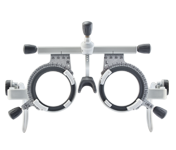 Refraction
Refraction 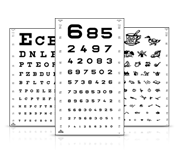 Vision Test Types
Vision Test Types  Stereo Tests
Stereo Tests  Eye Test Units
Eye Test Units 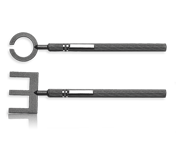 Orthoptics / Pleoptics
Orthoptics / Pleoptics  Other Products
Other Products 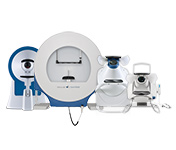 Perimetry
Perimetry 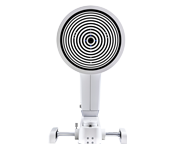 Dry Eye
Dry Eye 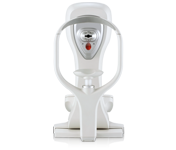 Corneal Biomechanics
Corneal Biomechanics 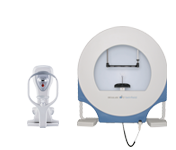 Glaucoma
Glaucoma 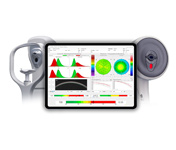 Ectasia Screening
Ectasia Screening  Myopia
Myopia 



The revolutionary Corvis® ST records the reaction of the cornea to a defined air pulse with a newly developed high-speed Scheimpflug-camera that takes over 4 300 images per second. IOP and corneal thickness can be measured with great precision on the basis of the Scheimpflug images.




What is corneal stiffness?
The Corvis® ST is the first device in clinical practice that provides a parameter for corneal stiffness.
Corneal stiffness is a term to describe the overall rigidity of the cornea – it is a measure of the resistance against elastic deformation as a response to the applied force. Bending stiffness can be calculated based on the applied force over displacement along the same direction as the force is transferred.
The stiffness parameter introduced by Cynthia Roberts has been proven to be important for both detection of keratoconus and for prediction of glaucoma progression.
How is the biomechanical calculated IOP (bIOP) derived?
The biomechanical corrected IOP (bIOP) takes corneal thickness, age and the biomechanical properties of the cornea into consideration. This enables an accurate IOP estimation even in case of altered biomechanical properties.
The equation was derived based on so-called finite element simulations. In numerical simulations the influence of corneal stiffness, corneal thickness, curvature and the biomechanical properties on IOP measurements was analysed systematically.
Based on these results an equation was developed that compensates for these influencing factors. Experimental studies with cadaver eyes and clinical studies have proven the accuracy of the bIOP.
Does tear film, fixation or decentred apex affect Corvis® ST measurements?
Traditional non-contact tonometers are tear film dependent as the measurement procedure is based on reflection technology. Corvis® ST incorporates Scheimpflug photography during its measurement procedure and is therefore not dependent on tear film, fixation or decentred apex. Even highly irregular corneas can have accurate measurements obtained.
How is the influence of IOP on biomechanical parameters compensated?
The Corvis® ST software contains a database with normative values for the DCR parameters for different IOPs. A bIOP value is calculated for each patient after a Corvis® ST measurement. As a result, the patient's measured DCR parameters can be compared to the DCR parameters in the database linked to the same bIOP.
What is the Corvis Biomechanical Index (CBI)?
The CBI was developed in order to detect early biomechanical changes in case of an early ectasia. It is based on a logistic regression formula including different Dynamic Corneal Response (DCR) parameters, the Stiffness Parameter and the corneal thickness profile of the horizontal sectional plane. In a large multicentre study the high accuracy of this index to distinguish normal eyes from eyes with keratoconus was proven. In this study including more than 600 eyes the accuracy was higher than 98 percent. Moreover, the clinical use of this index in case of subclinical or forme fruste keratoconus was proven in another publication. Many of these cases could be detected by the CBI, even though no topographic or tomographic abnormalities could be observed. These case examples support the hypothesis that biomechanical changes occur before morphological changes are present.
What is the Tomographic Biomechanical Index (TBI)?
Prof. Renato Ambrósio from Brazil developed an index that combines tomographic and biomechanical parameters in order to reach maximal accuracy. Based on a so-called random forest algorithm – a modern machine learning approach – an overall risk score is provided to evaluate ectasia susceptibility.
A random forest algorithm consists of 500 different uncorrelated decision trees – each using tomographic and biomechanical parameters. Each tree makes a classification being either normal or ectasia based on the input variables. The TBI finally represents the percentage, how many trees the cornea classified as normal and how many as abnormal.
In a validation study this index had the highest accuracy for the detection of subclinical keratoconus compared to all other tested methods including corneal topography and tomography. Current cross-validation from Brazil, India, Iran, Hong Kong and Germany indicate similar results.
Does the TBI work with any Pentacam® device?
In combination with the Corvis® ST the TBI can be calculated based on any device of the Pentacam family: Either a standard Pentacam®, a Pentacam® HR or the Pentacam® AXL. The only requirement is a software license for the software Belin/Ambrósio Enhanced Ectasia Display.
What is a Random Forest?
A random forest approach is a modern, state of the art machine learning approach. A random forest consists of 500 different uncorrelated decision trees.
A decision tree is a hierarchical tree-like model of decisions. The decision tree has different splitting paths which are followed according to certain decision rules. At the end of the tree are the leaves which represent the final classification of the decision tree. One problem of using a single decision tree for classification is that the prediction is either 100 % correct or 100 % incorrect.
Therefore, a random forest uses 500 different decision trees. During training each tree has grown in a randomized way and uses different parameters for classification. For the final classification each tree gives a classification and the final index provides the percentage of trees with a certain classification.
(Watch Prof Ambrósio's explanation of Random Forest here)

Product Categories